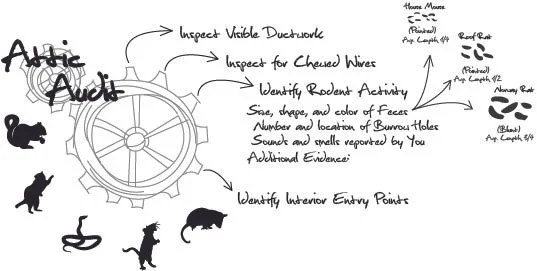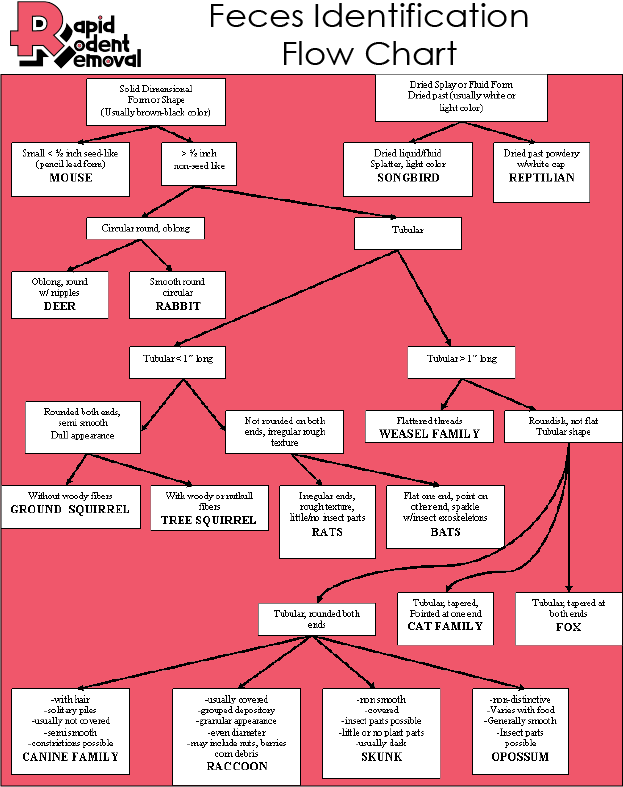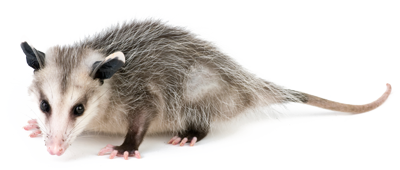WHAT DO RACCOONS EAT
WHAT DO RACCOONS EAT
Raccoons are among the most adaptable and resourceful mammals in North America. With their signature black masks and ringed tails, these nocturnal omnivores have fascinated humans for centuries—not just because of their clever behaviors but also because of their highly diverse and opportunistic diets. From forests to backyards, raccoons thrive in nearly every environment, and one of the primary reasons for this success lies in what—and how—they eat.
This book, What Do Raccoons Eat? A Complete Guide to the Diet of Raccoons in the Wild and in Urban Environments, serves as the definitive guide for anyone curious about the culinary habits of these charismatic creatures. Whether you're a wildlife enthusiast, pest control professional, concerned homeowner, or student of animal behavior, this book offers an in-depth look into what fuels the life of a raccoon.
Raccoons are omnivores, which means they consume both plant and animal matter. But to simply call them "omnivores" does not do justice to their dietary complexity. They are scavengers, foragers, opportunists, and occasionally hunters. They eat everything from insects and amphibians to fruits, nuts, garbage scraps, and pet food. Their ability to shift their diet based on availability has enabled them to flourish not only in wilderness areas but also in densely populated urban centers.
In rural settings, raccoons feast on frogs, fish, bird eggs, berries, and acorns. They are known for their delicate dexterity and will often "wash" their food in water before eating—an endearing behavior that has earned them the nickname “washing bear” in several languages. Meanwhile, their urban counterparts have taken full advantage of human waste streams, raiding trash cans, compost piles, and even sneaking into homes and garages in search of edible treasures.
But what does this behavior tell us about their biology, their intelligence, and their impact on ecosystems? And more importantly, what role do we humans play in shaping their diets—whether we mean to or not?
This book is structured to guide you through every aspect of a raccoon’s dietary world. We’ll begin by exploring the wild raccoon’s natural foraging instincts and progress into their astonishing adaptability in urban environments. From dissecting the nutritional makeup of their favorite wild foods to understanding how our garbage habits affect their health and behavior, we’ll uncover the dietary patterns that help raccoons survive—and even thrive—in an ever-changing world.
We’ll also dive into seasonal changes, explain how diet varies from juvenile to adult stages, and tackle important ethical questions: Should you feed raccoons? Is it legal? What should you absolutely avoid leaving out? You’ll gain insights not just into what raccoons eat but why they eat it, how they digest it, and how it influences their interactions with humans.
In the end, understanding a raccoon’s diet provides more than just biological trivia—it reveals their incredible adaptability, intelligence, and the increasingly blurred line between wild and urban ecosystems. Join us as we explore the fascinating, sometimes funny, and always surprising dietary life of the raccoon.
Raccoon Diet – Natural Foraging Behaviors
Raccoons in the wild rely on their finely tuned senses and exceptional dexterity to find food. Their natural foraging habits have evolved to maximize energy intake from whatever sources are most readily available in their environment. In wooded or rural areas, raccoons act like tiny omnivorous generalists—using their sense of smell and nimble paws to uncover everything from insects under logs to ripened berries dangling from vines.
Key Foraging Habits:
Nocturnal scavenging: Raccoons are mostly active at night, which gives them access to insects, amphibians, and fruit with minimal competition.
Water-side hunting: In riparian habitats, raccoons are often spotted flipping stones to catch crayfish or scooping frogs and minnows from shallow streams.
Climbing for food: Raccoons are excellent climbers and will ascend trees to steal bird eggs, raid nests, or forage for nuts.
Raccoon Diet Breakdown in Wild Settings:
Insects: Beetles, grasshoppers, larvae, and ants.
Fruits and nuts: Blackberries, acorns, wild grapes, persimmons.
Vertebrates: Frogs, fish, small birds, mice.
Eggs: From ground nests or tree-dwelling birds.
Their varied foraging habits ensure they don’t deplete any one food source and can adapt rapidly if a specific prey becomes scarce.
Raccoons Diet – Adapting to Human Food Sources
Urban raccoons have become a symbol of adaptation and survival. These city dwellers thrive in neighborhoods, parks, and even downtown alleys, where human waste and habits create a steady buffet.
Human-Associated Foods Raccoons Commonly Eat:
Leftover fast food (pizza crusts, fries)
Pet food left outdoors
Compost scraps
Dumpster contents behind restaurants
Unsealed bird feeders
Urban Adaptation Strategies:
Nighttime raids: Trash cans are easy targets when unsecured. Raccoons use their forepaws to lift lids, open bags, and sort through remains.
Breaking and entering: Clever raccoons may enter garages, attics, and kitchens through unsecured vents or doors.
Memory and learning: Urban raccoons remember locations of reliable food sources and pass the information to their young.
Their ability to thrive in dense human environments is driven by intelligence, adaptability, and an incredibly opportunistic diet.
Seasonal Variations in Raccoon Diets
Raccoon diets shift dramatically with the seasons, especially in colder climates where certain food sources become unavailable in winter. This seasonal rhythm helps raccoons build fat for hibernation-like torpor and guides their foraging strategies.
Spring:
Emerging insects (beetles, worms)
Frog eggs and tadpoles
Fresh vegetation and shoots
Bird nests and eggs
Summer:
Berries and wild fruits
Aquatic life in abundance
Human garbage as barbecues and outdoor dining peak
Fall:
Nuts and acorns – high-calorie foods perfect for fat storage
Cornfields (for rural raccoons)
Roadkill and scavenged meat
Winter:
In colder regions, raccoons may enter torpor and eat very little, relying on fat stores.
In warmer climates, they continue to forage, though with more limited success.
Their ability to shift seasonally is one reason raccoons are among the most resilient wild mammals in North America.
Carnivorous Cravings – What Meat Do Raccoons Eat?
Though not obligate carnivores, raccoons do enjoy and actively hunt or scavenge meat when the opportunity arises.
Types of Meat Raccoons Consume:
Insects and grubs: Protein-rich and easy to find.
Frogs, lizards, and amphibians: Especially near water.
Fish: They’ll use their paws to snatch small fish from streams or ponds.
Rodents and small mammals: Opportunistically hunted or scavenged.
Birds and eggs: From unattended nests or fallen fledglings.
Carrion and roadkill: A key food source in winter or dry seasons.
Meat provides a protein-dense fuel that supports raccoons’ energy needs and helps them fatten up before winter.
The Plant-Based Side – Fruits, Nuts, and Vegetation
Fruits, nuts, and other plant materials make up a substantial part of the raccoon’s diet, especially during summer and autumn when vegetation is abundant.
Commonly Eaten Plant Foods:
Berries: Raspberries, blackberries, mulberries, blueberries
Tree nuts: Acorns, walnuts, hickory nuts
Fruits: Apples, pears, peaches, grapes
Corn and grains: Field corn, oats, garden vegetables
Seeds and grasses: Especially when young and tender
In urban areas, raccoons also raid:
Gardens and orchards
Bird feeders
Compost piles rich in plant scraps
Their digestive systems efficiently handle a high fiber load, and they’ll gorge on carbohydrates before colder months.
Raccoons and Water – Hunting Aquatic Prey
One of the raccoon’s most iconic behaviors is its interaction with water, especially during hunting and foraging.
Aquatic Prey in the Raccoon Diet:
Crayfish: A favorite delicacy, often caught by flipping over rocks in shallow streams.
Frogs and toads: Active near ponds and wetlands.
Snails and clams: Dug from riverbanks or collected in shallow marshes.
Fish: Small fish or dying minnows may be scooped up by patient raccoons.
Turtle eggs: Opportunistically consumed when found on beaches or riverbanks.
The “Washing” Behavior:
Although often interpreted as cleaning, raccoons' water-dipping behavior is more about stimulating sensory nerves in their paws. Wetting their hands increases tactile sensitivity, helping them better feel and manipulate prey.
Trash Pandas – The Truth About Raccoons and Garbage
The term “trash panda” has become an internet meme, but it’s also rooted in behavioral truth: raccoons are notorious scavengers of human waste.
Why Raccoons Love Trash:
Smell of food remnants is irresistible.
Easy access to calories with minimal effort.
Learned behavior reinforced through generations of urban raccoons.
What Raccoons Commonly Eat From Trash:
Pizza crusts, chicken bones, leftover pasta
Pet food cans
Peanut butter jars
Greasy fast food bags
Rotten fruit and vegetable peels
Risks of Garbage Consumption:
Toxic foods: Chocolate, onions, cooked bones, and spoiled meat.
Plastic ingestion: Can lead to intestinal blockages.
Disease exposure: Mold, bacteria, or viruses from decomposing waste.
While raccoons can digest a wide variety of items, regular scavenging from garbage can shorten their lifespan and increase conflict with humans.
Raccoon Digestion – How They Process Their Food
Raccoons may eat nearly everything, but how does their digestive system cope with such a varied diet?
Digestive Anatomy:
Teeth: 40 teeth adapted for omnivory—sharp canines for tearing, flat molars for grinding.
Stomach and intestines: Efficient but relatively simple. Food passes quickly, requiring frequent feeding.
Liver and kidneys: Play a crucial role in filtering toxins, especially when scavenging human garbage.
Digestive Process:
Ingestion and mastication: Raccoons chew thoroughly using powerful jaws.
Stomach digestion: Acidic environment breaks down proteins and kills parasites.
Small intestine absorption: Nutrients from fats, proteins, and carbs are absorbed.
Large intestine: Water is extracted, and waste is prepared for excretion.
Diet Challenges:
Raccoons cannot digest cellulose well, so tough plant fibers may pass through undigested.
Their bodies prioritize energy-dense foods—like fats and sugars—especially in fall.
When forced to eat poor-quality food (plastic, moldy garbage), their system can get overwhelmed, leading to malnutrition or disease.
Raccoon poop often reveals dietary habits. Seeds, fur, or even plastic bits can indicate what they've recently eaten—and how well their digestion is working.
All About Animals …
Suspendisse nec congue purus. Aenean eu justo sed elit dignissim aliquam. Suspendisse nec congue purus. Class aptent taciti sociosqu ad litora torquent per conubia nostra, per inceptos himenaeos.
RATS
SQUIRRELS
RACCOONS
OPOSSUMS
SNAKES
BATS
WILDLIFE REMOVAL
articles:
What does a rat nest look like ?
What is a Squirrel King










